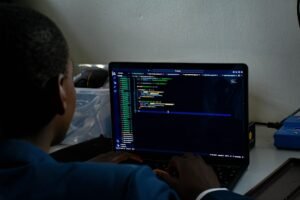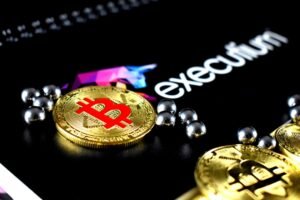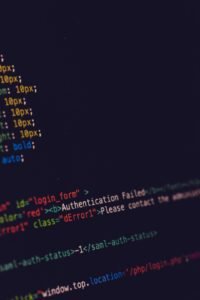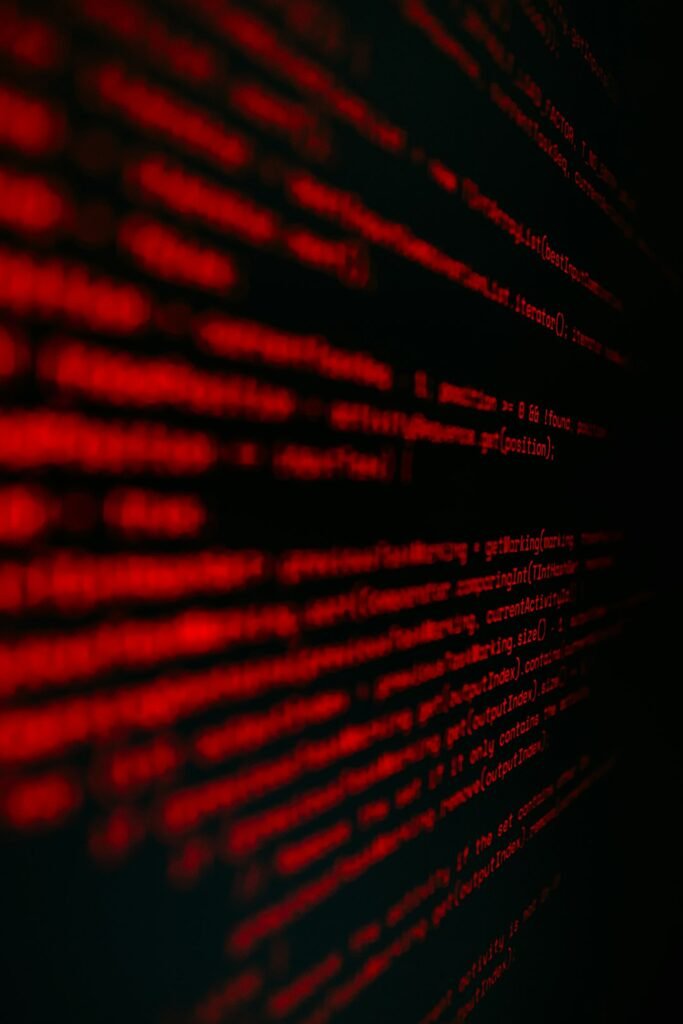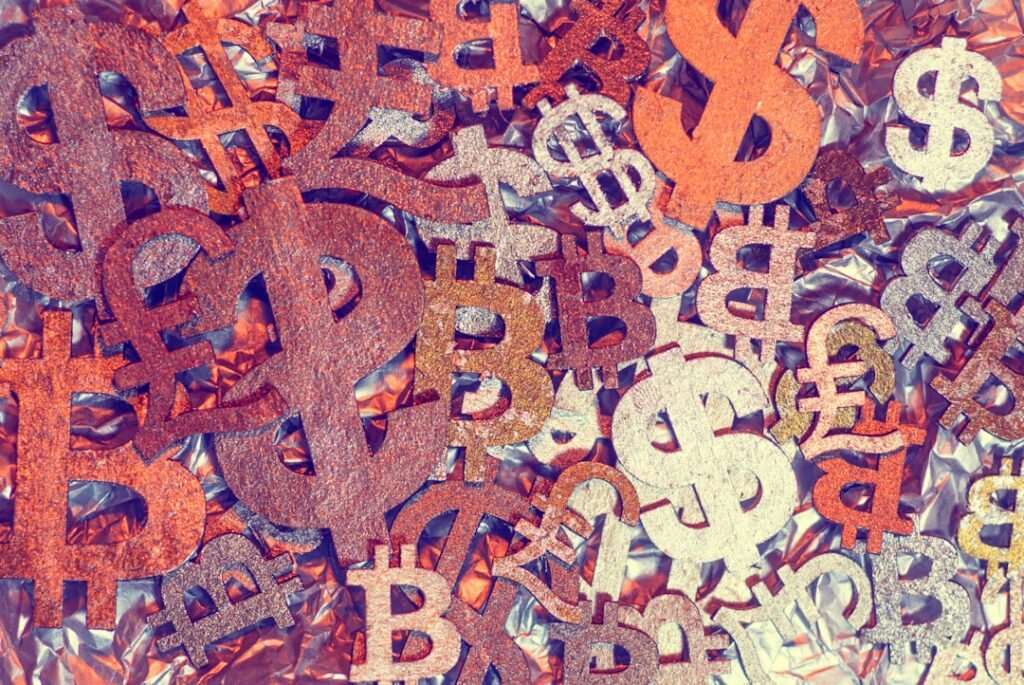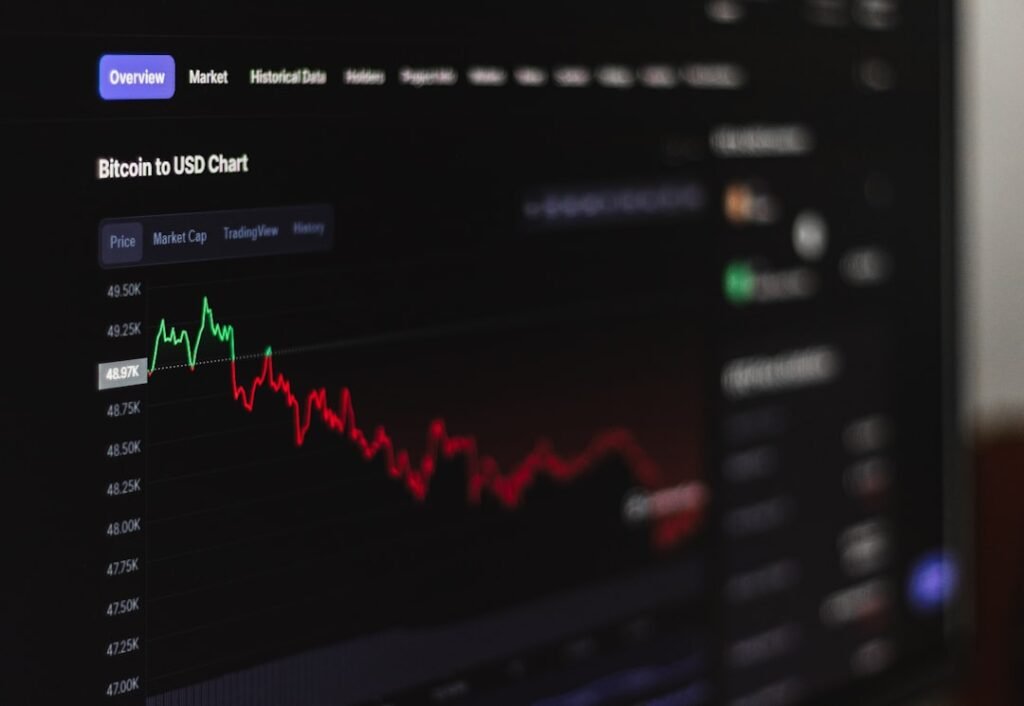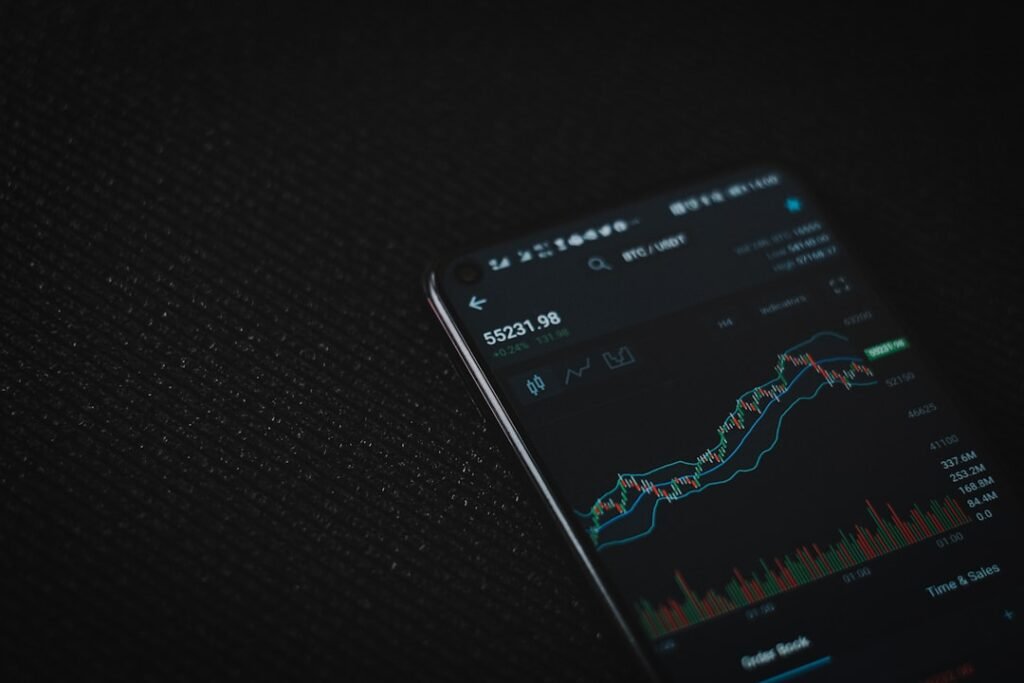حل مشكلة أوراكل: كيف ترتبط البلوك تشين بالعالم الحقيقي
تعمل سلاسل الكتل مثل أجهزة الكمبيوتر المعزولة المنفصلة عن الإنترنت - آمنة وحتمية ولكنها منفصلة بشكل أساسي عن أحداث العالم الحقيقي. تخلق هذه العزلة تحديًا حرجًا: كيف يمكن للتطبيقات اللامركزية أن تتفاعل مع انهيارات سوق الأسهم، أو التحقق من الأحوال الجوية للتأمين على المحاصيل، أو إطلاق المدفوعات بناءً على النتائج الرياضية التي تم التحقق منها؟ تُعرف هذه المعضلة باسم مشكلة أوراكلوحلها هو مفتاح إطلاق العنان لإمكانيات سلسلة الكتل التي تبلغ قيمتها تريليون دولار.
تشريح العزلة
تتفوق سلاسل الكتل في التحقق من الحقائق الثنائية: هل وقع المستخدم على معاملة ما؟ هل تحتوي محفظته على أموال كافية؟ ينبع أمنها من آليات الإجماع التي تتحقق فقط من صحة على السلسلة البيانات - المعلومات المخزنة بالفعل في دفتر الأستاذ الخاص بهم. توجد البيانات الخارجية ("خارج السلسلة") - مثل نتائج الانتخابات أو تأخر الرحلات الجوية أو أسعار السلع - خارج هذه الحديقة المسورة. وبدون جسر، تظل العقود الذكية عمياء عن سياق العالم الحقيقي.
أدخل أوراكل البلوك تشين:: البرمجيات الوسيطة التي تجلب البيانات خارج السلسلة وتتحقق من صحتها وتوصلها إلى العقود الذكية. تخيلها على أنها محركات أقراص USB مشفرة يتم توصيلها لفترة وجيزة بجهاز كمبيوتر موصول بالهواء. يثق الكمبيوتر (البلوك تشين) في محتويات محرك الأقراص ولكنه لا يستطيع التحقق من مصدرها أو دقتها. يكشف هذا التشبيه عن المخاطر الأساسية:
- موثوقية البيانات: هل سحب أوراكل البيانات من المصدر الصحيح؟
- تكامل البيانات: هل تم التلاعب بالبيانات في الطريق؟
- أوراكل ترست: هل يمكن لمشغل أوراكل التلاعب بالنتائج؟
لماذا لا يمكن لسلاسل الكتل أن تحل هذه المشكلة بمفردها
قد يؤدي دمج قدرات جلب البيانات الأصلية في سلاسل الكتل إلى تعريض أمنها للخطر:
- الفوضى الذاتية: مطالبة العُقد بالاتفاق على "الحقيقة الواقعية" (على سبيل المثال، "ما هو سعر سهم تسلا؟") يدعو إلى النزاعات. تختلف الأسعار بين البورصات؛ تتضارب بيانات الطقس بين مقدمي الخدمات.
- انهيار قابلية التوسع: تتطلب إضافة مصادر بيانات جديدة تحديثات هائلة في الإجماع، مما يؤدي إلى إبطاء الابتكار.
- الاختناقات المركزية: إذا كان يجب على العقد أن تدفع مقابل واجهات برمجة التطبيقات المتميزة (على سبيل المثال، موجزات بلومبرج)، فإن التكاليف تستبعد المشاركين الأصغر، مما يؤدي إلى تآكل اللامركزية.
وبالتالي، يجب أن تعمل الأوراكل في الخارج البلوك تشين - ولكن هذا يخلق نواقل هجوم جديدة.
مصفوفة تهديدات أوراكل
1. مخاطر مفاتيح أوراكل هوتكي
تقوم أوراكل بتوقيع عمليات إرسال البيانات باستخدام مفاتيح خاصة. للتعامل مع الطلبات عالية التردد (على سبيل المثال، موجزات الأسعار)، غالبًا ما توجد هذه المفاتيح في خوادم "ساخنة" - بيئات سحابية أو أنظمة آلية. إذا تم اختراقها، يمكن للمهاجمين التوقيع على بيانات احتيالية، مما يؤدي إلى استنزاف العقود الذكية. مثال: يؤدي التلاعب بالأسعار إلى عمليات تصفية غير مشروعة في بروتوكول إقراض DeFi.
2. مخاطر مشغل أوراكل
حتى العرافات الصادقين يواجهون الإغراء. فكر في عقد يانصيب ذكي يحمل $1 مليون. يمكن لمشغل أوراكل
- تقديم رقم فائز زائف لصالح دخولهم الخاص.
- التواطؤ مع مقدمي العروض من أجل الربح.
على عكس مدققي البلوك تشين المجهولين، فإن مشغلي أوراكل يمارسون تأثيرًا مركزيًا على النتائج.
3. مخاطر صحة البيانات
- فشل الأصالة: يدعي أوراكل أن البيانات جاءت من نيويورك تايمز واجهة برمجة التطبيقات (API) ولكنها في الواقع كشطت مدونة غير موثوقة.
- فشل النزاهة: يتم تغيير البيانات في منتصف عملية النقل (على سبيل المثال، تغيير "25 درجة مئوية" إلى "42 درجة مئوية" لدفع تعويضات التأمين الحراري).
بناء أوراكل جديرة بالثقة
الاستراتيجية 1: شبكات أوراكل اللامركزية (DONs)
تستخدم DONs عدة عقد مستقلة لجلب البيانات والتحقق من صحتها. على سبيل المثال:
- 31 عقدة تستعلم عن أكثر من 10 مصادر بيانات لأسعار ETH/الدولار الأمريكي.
- تقوم العقد بتجميع النتائج، مع استبعاد القيم المتطرفة.
- يتم بث متوسط السعر على السلسلة.
لماذا يساعد: لا توجد عقدة واحدة تتحكم في النتيجة. ومع ذلك، تظل مخاطر التواطؤ أو البنية التحتية المشتركة قائمة.
الاستراتيجية 2: الجيوب الآمنة بالأجهزة
التكنولوجيا مثل Intel SGX إنشاء مناطق ذاكرة مشفرة ("جيوب") لا يمكن الوصول إليها حتى للأنظمة المضيفة. تستفيد أوراكل من ذلك من أجل:
- قم بتخزين المفاتيح الخاصة بشكل آمن.
- معالجة البيانات الحساسة (مثل تفاصيل "اعرف عميلك") بسرية تامة.
- إنشاء براهين تشفير للتحقق من سلامة البيانات.
مثال على ذلك: يقوم أوراكل بمعالجة درجات الائتمان داخل جيب. فقط النتيجة التي تم التحقق منها - وليس البيانات الأولية - هي التي تصل إلى سلسلة الكتل، مما يحافظ على الخصوصية.
الاستراتيجية 3: السمعة والمساءلة
- عمليات التدقيق على السلسلة: يوقع أوراكلز على تقديم البيانات، وإنشاء سجلات أداء عامة.
- الرشق/التحطيم: يقوم مشغلو العقدة بحصة ضمانات التشفير. المخالفات المثبتة تُسقط الرهانات.
- توقيع البيانات: تقوم مصادر مثل Bloomberg بتوقيع البيانات بشكل مشفر، مما يثبت مصدرها.
إطلاق العنان لحالات الاستخدام في العالم الحقيقي
شريان الحياة لـ DeFi تغذية الأسعار
تعتمد البورصات اللامركزية (على سبيل المثال، Uniswap) على أوراكل لتقييم الأصول. تمنع تغذية أسعار الإيثيريوم من مصادر DON هجمات القروض السريعة من خلال تثبيت التداولات على بيانات السوق الحقيقية.
ديناميكيات NFTs والألعاب الديناميكية
- العشوائية القابلة للتحقق: تُنشئ العرافات أرقامًا عشوائية غير قابلة للعبث لتعيين سمة NFT أو إسقاط غنائم اللعبة.
- NFTs المحفزة للحدث: يتم ترقية تذكرة الحفل الموسيقي NFT تلقائيًا إذا قامت الفرقة الموسيقية بتمديد العرض (يتم التحقق من ذلك من خلال واجهات برمجة التطبيقات خارج السلسلة).
أتمتة التأمين
يتم الدفع التلقائي لعقود التأمين البارامترية عند تحقق أوراكل من الأحداث:
- تأخرت الرحلة لأكثر من 3 ساعات؟ تتحقق أوراكل من قواعد بيانات شركات الطيران/الحكومة.
- هل دمر الجفاف المحاصيل؟ بيانات الأقمار الصناعية عبر أوراكل تؤدي إلى التعويض.
قابلية التشغيل البيني عبر السلاسل
تقوم أوراكل بقراءة/كتابة البيانات عبر سلاسل الكتل:
- يقفل عقد الإيثيريوم الذكي رموز الإيثيريوم الذكية ← تؤكد أوراكل ← تسكّ بوليغون الأصول المغلفة.
- الانتهاء من عملية بيع Solana NFT ← تقوم Oracle بترحيل المدفوعات إلى عنوان Bitcoin.
الطريق إلى الأمام
يتطور مشهد أوراكل بسرعة:
- أوراكل المعرفة الصفرية: إثبات صحة البيانات بدون الكشف عن المدخلات الأولية (على سبيل المثال، "هذا المستخدم أكبر من 21 عامًا" دون الكشف عن تاريخ ميلاده).
- تكامل ديبين: تدفقات البيانات المباشرة من أجهزة استشعار إنترنت الأشياء (على سبيل المثال، أجهزة تتبع سلسلة التوريد) إلى سلاسل الكتل.
- أوراكل الذكاء الاصطناعي: جلب استنتاجات نموذج تعلّم الآلة في الوقت الحقيقي (على سبيل المثال، درجات اكتشاف الاحتيال) للاستخدام على السلسلة.
الخاتمة
تُعد البلوك تشين أوراكل هي العوامل التمكينية المجهولة التي تعد بها Web3 - تحويل التعليمات البرمجية الجامدة إلى اتفاقيات رقمية مدركة للسياق. في حين أن المخاطر مثل ثغرات مفاتيح التشغيل السريع وخبث المشغل لا تزال قائمة، فإن الحلول متعددة الطبقات - اللامركزية وجيوب الأجهزة وإثباتات التشفير - تعمل على سد هذه الثغرات. نظرًا لأن العقود الذكية الهجينة تدمج التنفيذ على السلسلة مع البيانات خارج السلسلة، تتحول مشكلة أوراكل من حاجز إلى ساحة معركة للابتكار. الفائز؟ نظام بلوك تشين لا يكتفي بترميز الأصول بل يتفاعل مع الواقع.



